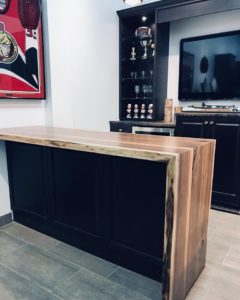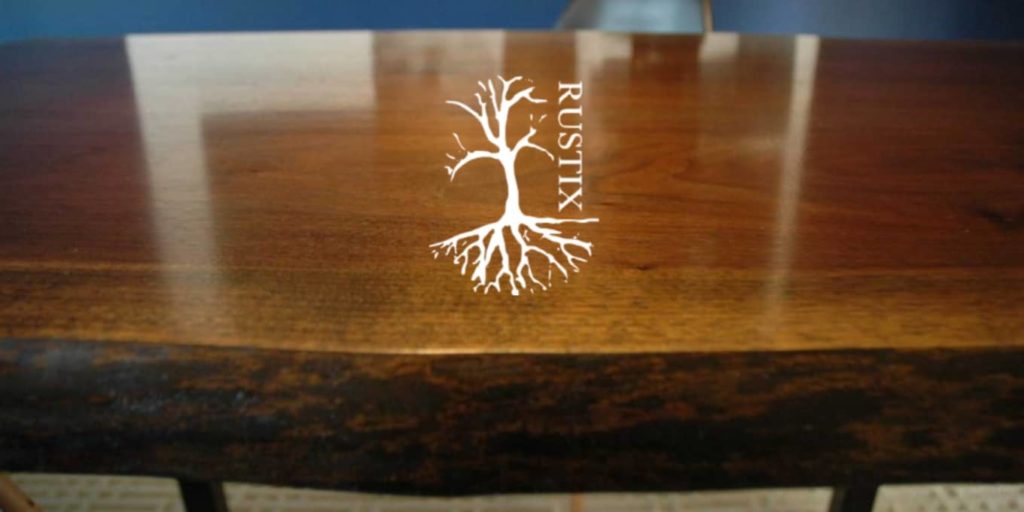Advice, Commercial, Residential
Preventing Live Edge Furniture Damage
Natural, live edge furniture is known and loved for its sturdiness and resiliency, but like any furniture, it still needs a little TLC. Much of the damage your live edge table or bar top might incur can be a bit harder to detect than your typical piece of furniture. There are many subtle things you can look for; don’t worry, we’re also telling you how you can avoid them!
Protecting Live Edges From The Elements
Live edge furniture is one of the best ways of bringing the outdoors inside, but the other natural elements that get inside your home can do some superficial damage to the wood. Fading and discoloration are the common results of UV light coming in through uncovered windows, but even if there are blinds and window coverings, they may not completely protect the wood.

One way to check if this is a problem is to keep a small sample of the wood with the same stain, and you can compare it to the tabletop over time. Meanwhile, consider installing UV window film if the furniture is in direct sunlight; this protection minimizes sun damage, with the added benefits of skin protection and reduced energy bills, too!
Beware The Air
Temperature extremes are a huge problem for wooden furniture. If the air is too dry, too humid, too hot or too cold, you’ll have a tough time preventing the wood from warping. Uneven surfaces can be found out the hard way, but you can see them by looking at the surface at eye level.
While we make sure that a natural slab of wood is sealed and stained properly, you should prepare the room for the furniture’s arrival. Before the furniture is picked up, try and get the temperatures in the room at a moderate level, and check your door and window seals for any sources of drafts. You’re more likely to suffer from major swings in temperature and humidity in a drafty home. After it’s in, clean the surface regularly (we will provide recommendations specific to your furniture) to prevent the wood from cracking and warping.
Overcleaning The Surfaces
We suggested that you clean the wood regularly, and we’re not going back on our word. But too much cleaning can accelerate normal wear, and it can quickly turn into unwanted wear and tear. Applying wax or dusting spray to your wood too often can ironically create a buildup on the surface, and this buildup only attracts more of the dust and debris that cause scratches. 
The solution is to not make polishing or using a dusting solution a regular part of cleaning your home. Apply a thin coat only as recommended, wiping down the surface with a damp cloth in between! Contact us to learn more!

